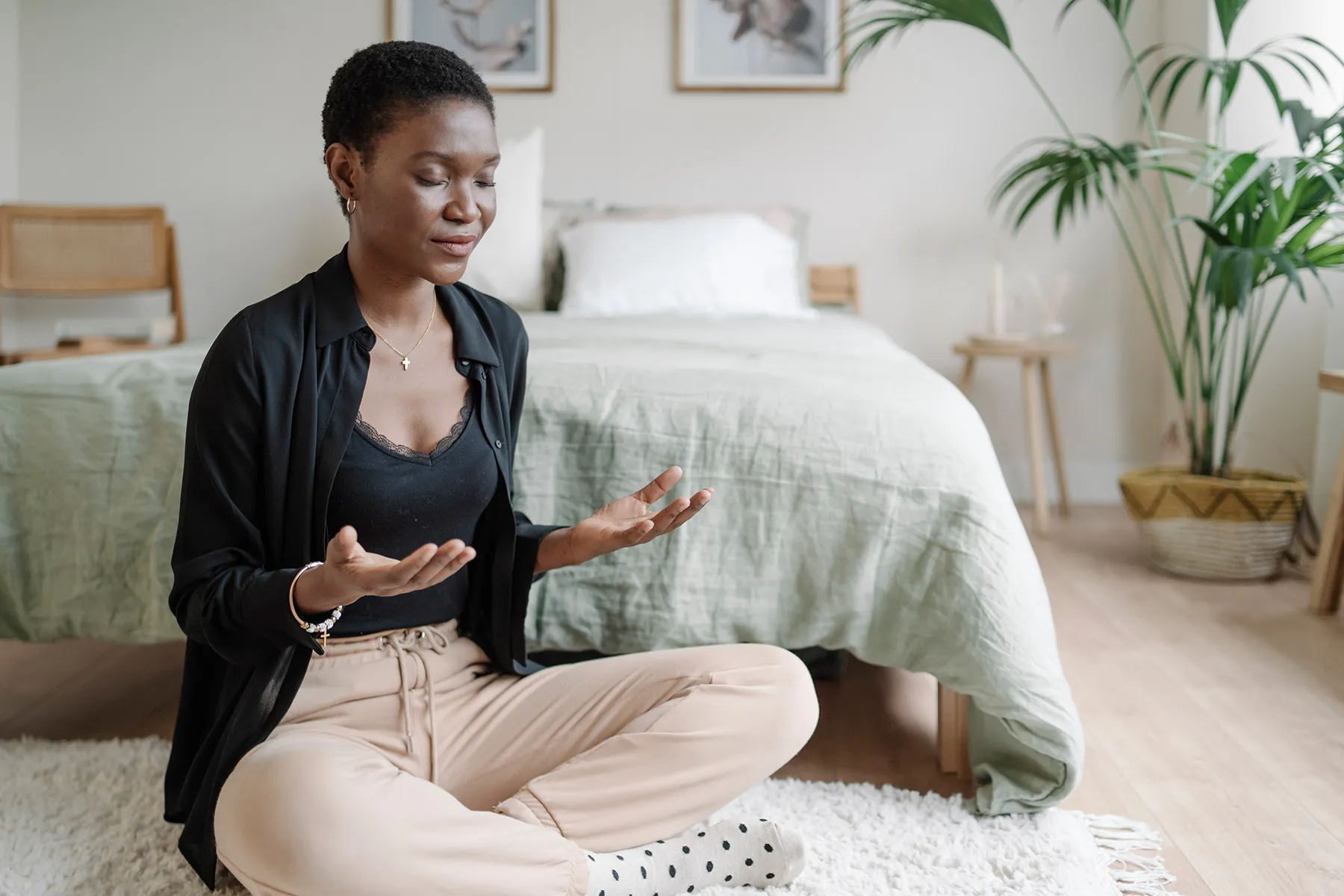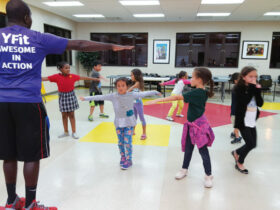March 12, 2024 — It hurt to walk. So Dianne Rosenbluth saw a surgeon that friends recommended at the Duke University School of Medicine, had an X-ray, and found out she has osteoarthritis.
Rosenbluth’s pain went away after a hip replacement, but she struggled to get her stamina back. She knew she had to “keep going and keep moving” to get better, including after a second hip replacement about 10 years ago. When the Duke Health & Fitness Center opened in nearby Durham, NC, the real estate agent, entrepreneur, and former teacher signed up.
Rosenbluth, now 81, gets regular steroid injections in her knees to treat her joint pain and is scheduled for knee surgery this summer. “As long as I can take care of things with good medical advice, that is a privilege,” Rosenbluth said.
Exercise has helped ease her osteoarthritis pain and improve her mobility. “It’s about setting goals for myself.” To keep up her routine, Rosenbluth sets out exercise clothes the night before. “That way if I see the clothes and I don’t exercise, I feel guilty all day.”
It may sound counterintuitive at first – suggesting that people with joint pain exercise and move more in general. But experts agree with Rosenbluth that physical activity can lessen the symptoms of osteoarthritis.
“Someone with joint pain is often concerned that exercising will exacerbate their pain and they are hesitant to start engaging in any physical activity,” said Leigh F. Callahan, PhD, associate director of the Thurston Arthritis Research Center at the University of North Carolina, Chapel Hill.
There is a lot of evidence from medical studies that a “measured approach” to exercise can help, noted Callahan, who is also director of the Osteoarthritis Action Alliance. For example, people who are inactive should start with a low-intensity activity like walking and slowly increase their distance over time.
The potential benefits go beyond improving joint pain. There are multiple well-conducted trials that show physical activity and exercise improve a range of arthritis and joint-related symptoms, including pain, stiffness, swelling, and the ability to perform activities of daily living, Callahan said. “In addition to the improvement in arthritis symptoms, exercise and physical activity provide mental health benefits and improve overall quality of life.”
“It can seem surprising, but gentle exercise is actually a great way to manage osteoarthritis pain,” said Nick Turkas, senior director of patient education at the Arthritis Foundation. Regular movement keeps joints flexible, preventing stiffness and increasing a person’s range of motion, he said.
The 2-Hour Rule
Like anyone beginning a new exercise routine, check with your doctor first and start slowly, Callahan recommended.
“No pain, no gain” does not apply to exercise for people with osteoarthritis. Exercise should be challenging but not cause sharp pain, Turkas said. “We have a 2-hour pain rule. If your pain is worse 2 hours after exercise, dial it back next time.”
People may feel some pain or discomfort if they were inactive before starting to exercise, Callahan said. “However, sharp pain, pain in a new area, and pain that lasts more than 2 hours after exercising are “some of the signs they might be overdoing [it] or something is wrong.”
Common Misconceptions
Turkas dispelled some common myths people have around osteoarthritis and exercise. For example, people with joint pain might hesitate to increase their physical activity level because they worry exercise will just make their pain worse. “This is a concern,” he said, “but gentle exercise is actually proven to reduce pain and stiffness in the long run.”
Another mistaken belief is people cannot exercise because they are too stiff. Turkas recommended that people focus on their range of motion and start with small movements that they increase over time.
And no, exercise will not “wear out” a joint, he noted. “Our joints aren’t machines. Movement builds joint strength — stronger muscles, tendons, and ligaments, support proper joint alignment for efficient movement and stability.”
Fluid and Flexibility
One of the key factors in greater flexibility is synovial fluid, a thick liquid within the knees, hips, and other joints that keeps them lubricated. Healthy joint cartilage acts like a sponge, Turkas said, absorbing synovial fluid for smooth movement.
In addition to creating more synovial fluid around the joints, exercise can increase circulation of nutrients to joints, reduce inflammation, and increase blood flow to joints. Exercise also “promotes weight loss, which is helpful for joint pain and improves balance and coordination,” Callahan said.
Physical activity can also strengthen the muscles around the joints. Strong muscles around the joint act like natural braces, taking pressure off the joint itself, Turkas said. “Exercise strengthens these muscles — improving stability and potentially reducing pain.”
When to Seek Specialty Care
Knowing when to manage osteoarthritis joint pain at home and when to seek specialty care is essential. “If you’re experiencing joint pain for more than 2 weeks, it’s important to consult a doctor to discuss the best course of action,” Turkas said. Specialists can confirm if arthritis is causing your symptoms, and they can help diagnose the specific form you have. There are more than 100 forms of arthritis, and a proper diagnosis is the key to the best treatment, he said.
Callahan recommended arthritis-appropriate evidence-based interventions (AAEBIs) for people who want to learn more about exercise. There are 14 AAEBI exercise programs. The Arthritis Foundation offers a “Walk with Ease” program that leads people through appropriate steps for setting goals, warming up, walking, cooling down, and stretching properly.
The Osteoarthritis Action Alliance and the CDC recognize these AAEBIs because they increase physical activity and improve arthritis symptoms. Many are offered virtually as well as in-person in community settings.
Still wondering how to get started? The Osteoarthritis Action Alliance also offers guidance on how people with joint pain can think about starting physical activity.
As for Rosenbluth, “I need to keep going,” she said. “If I keep moving and build my stamina, I can do more.”
Source link: https://www.webmd.com/osteoarthritis/news/20240312/exercise-can-help-ease-osteoarthritis-joint-pain?src=RSS_PUBLIC by at www.webmd.com









